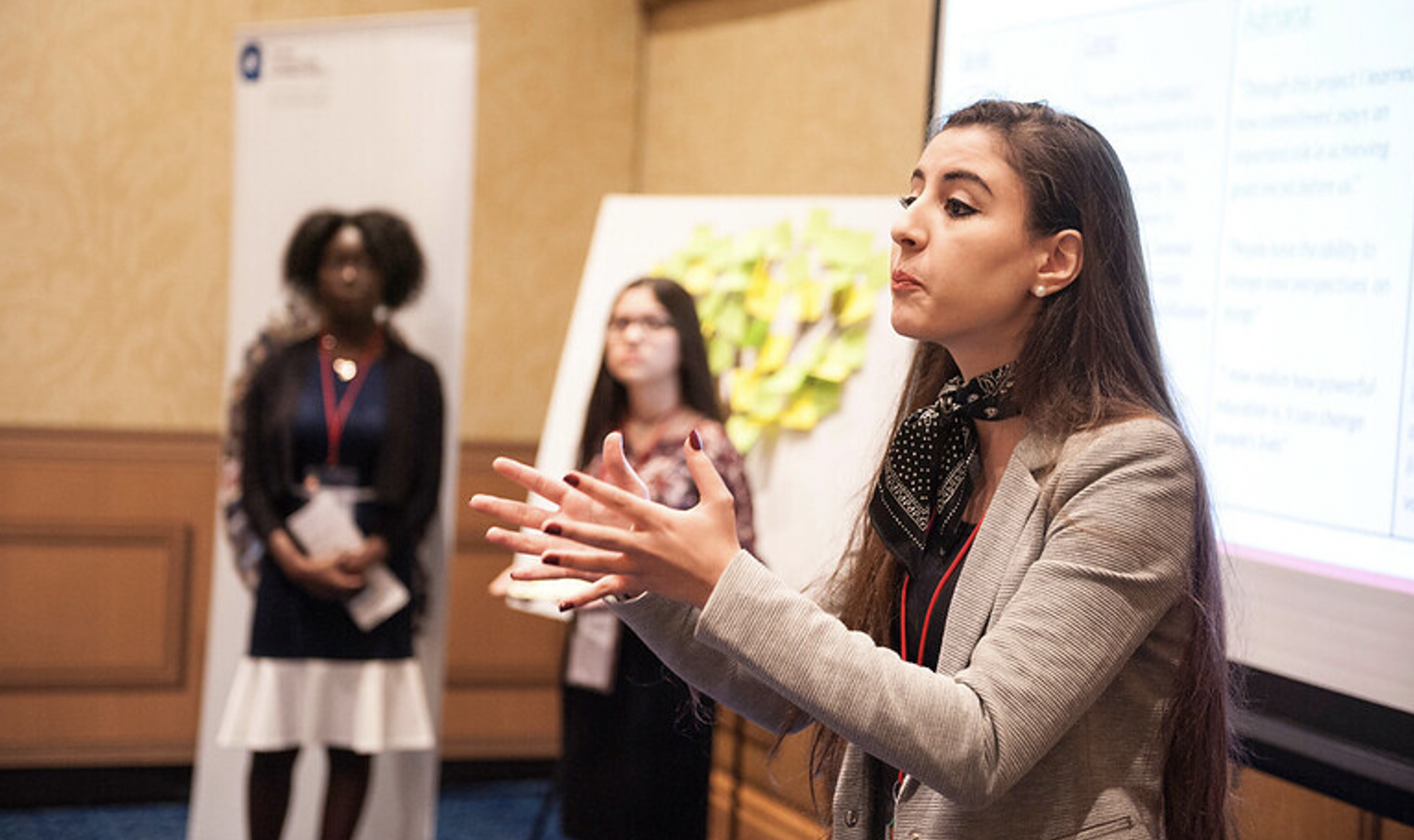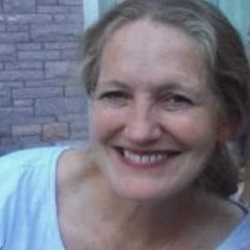
Service-learning lends itself to online learning and community-based education.
It offers roles for parents as community resources, relies on youth leadership, and is rooted in local issues. It is engaging, timely, and necessary. No student asks: “Why do I need to learn this?” when they have chosen the local need they are addressing and are compelled to act. As Edina, Minn. High School Service-Learning Coordinator Julie Rogers Bascom says, the experiences are “meaningful, real, and relevant.”
As in PBL, service-learning is a process with distinct steps. Driven by inquiry, it is rooted in student questions. The “IPARD” service-learning process is shorthand for its recursive cycle of investigation, planning and preparation, action, reflection, and demonstration of learning. Its five steps mirror the path of a typical PBL project:
1. Investigation: The process starts with an exploration of community needs and the root causes behind those needs. By reading local papers online, for example, a student may discover that there are needs for COVID-related signage in multiple languages, or for face masks at a community center.
2. Planning and Preparing: As students expand their understanding of the reasons for the community needs, they develop a strategy for addressing a root cause of the issue. As students continue their planning and preparation, they develop a workable project idea, an action plan, and a timeline for its implementation, noting whether any steps will require additional resources.
3. Action: Often the action in a service-learning project is its shortest stage – writing a letter to the editor or setting up a pet-walking service for the neighborhood, for example. As these examples illustrate, the service itself may be direct or indirect.
4. Reflection: Throughout the experience, and especially at its conclusion, deeper learning occurs as students consider what is going well, and what needs refinement, in addition to what they are learning about the issue itself. Reflecting on the process ensures the growth of critical thinking skills.
5. Demonstration: This stage may manifest as an online portfolio of artifacts from the project, a website, or a video. Often, this stage entails sharing with those who receive the service, the school administration, and the public – all of which can be done virtually.
As education became virtual in March, students at Edina High School met the challenge by moving their “212 Leadership” class online.
Bascom turned the pandemic into possibility, asking the six student leaders of the larger group of 250 students, “What are your concerns about distance learning and being in isolation?” She underscored the importance of the process – emphasizing that in a service-learning experience, one never starts with a project idea. Instead, she urged them to begin with the issue and ask critical questions about it – consulting with community experts – until they could tease out project ideas that fit the timeframe and budgetary parameters. “This allowed us to be more creative,” she noted.
Meanwhile, Bascom was fulfilling the adult support role, a process that involves four stages, which also has parallels with what a teacher does in PBL:
1. Establishing Outcomes. This initial step can focus on developing leadership skills, as she and the students identified, or may be more related to a specific subject area. Bascom aspired to student outcomes for the 21st century skills of collaboration, creativity, critical thinking, communication, information, and technology.
2. Determining Acceptable Evidence. At this phase the teacher anticipates the kind of artifacts that will prove that a concept or skill has been learned. To assess leadership strengths, they might be evidenced through a pre- and post-test or checklist/observation.
3. Supporting the Student Experience of IPARD. At this stage, the teacher becomes a problem-solving partner and guide.
4. Self-Assessing: This final stage is the teacher’s version of reflection – assessing whether the anticipated outcomes were met and whether there are tweaks that could strengthen the experience.
For the 212 students, the chosen issue was “staying connected during self-isolation.”
This was how one student described the early phase of the pandemic. For these six leaders, that goal took many forms.
During the investigation phase, students emailed and talked with school counselors to check out their assumptions about mental health challenges. Bascom noted how well the group developed their empathy skills at this phase as they talked with their friends about how they were feeling. “When you tap into empathy, you increase learning potential… When they were investigating and were looking at the physical responses of isolation and what it does to the brain – it just made sense that they asked themselves how they could help.”
As the group moved into planning, preparation, and action, they refined the idea of posting seniors’ post-high school plans on Instagram. It became wildly successful when the group developed a template. As Bascom observed, “They partnered with me, but took charge of their own learning.”
One student reflected, “I’ve seen people be a lot more generous and understanding during this time. When we started, we were confused about how this could work. But we learned how necessary [service-learning] is during this time -- even more than usual. It’s so important to check up on people and stay connected.”
For more on digital service-learning and a link to a webinar the Edina students offered, visit nylc.org.

